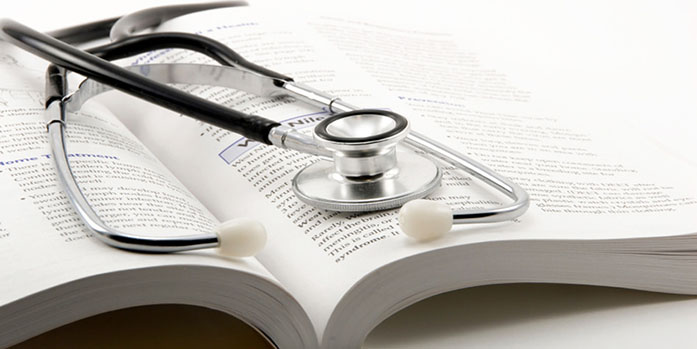Guest Opinion | The Doctor is in: What you need to know about seizures
It is important to recognize when someone is having a seizure, and when to call 911. Read this article to learn more about what you can do if you notice someone having a seizure.
April 24, 2022
According to the Centers for Disease Control and Prevention, one out of 10 people will experience a seizure at some point in their life. That means seizures are common and should not be taken lightly. You may find yourself in a situation where you are helping someone during and/or after experiencing a seizure. This article strives to bring more awareness about how to recognize seizures as well as how to provide first aid to those in need.
What are seizures?
Seizures occur when too many brain signals are sent in rapid succession. This can result in changes in behavior, mood, sensation, and state of consciousness. Those who have 2+ seizures within 24 hours without an identifiable cause (e.g., recreational drugs, serious infections, etc.) are considered to have epilepsy.
How can I recognize a seizure?
Not all seizures are created equal. There are many types of seizures that have a variety of symptoms and severity. Seizure types vary by where in the brain they begin and how far they spread. Most seizures last from 30 seconds to two minutes.
When seizures spread to larger parts of the brain, the number of signs increases as well. Here are a few key signs of seizures that may relate to worsened seizure activity: confusion, minor shaking of limbs, stiff muscles, fumbling, or chewing motions. Although you may notice the person is having a seizure, they may or may not be aware of this.
What to do if someone has a seizure?
There are a few critical steps that must be taken to keep the person who is having a seizure safe.
- Help person to a safe area if in a street or where they can be injured
- Turn person onto their side to help them breathe
- Put something soft under their head
- Remove tight clothes around neck or that could be harmful (ties, eyeglasses)
- Time the seizure
What not to do?
- Do not hold the person down
- Do not give CPR as they usually start breathing again on their own
- Do not offer food and water until fully awake
When to call for help?
Per the CDC, seizures usually do not require emergency medical treatment. However, if you notice any of the following, you should call 911 immediately:
- No prior seizure events, check for a medical bracelet to assess this
- The person is having trouble breathing or awakening
- Seizure lasts longer than 5 minutes
- Having more than one seizure in a row
- Seizure occurs in water
- The person has diabetes, heart disease, or are pregnant
Contrary to popular belief, there is not much you can do as a bystander to stop a seizure once it starts. However, taking these important steps can ensure that you keep the person safe during and after their seizure. For more resources on how you can become trained in seizure recognition and first aid, visit epilepsy.com and sign up for a free virtual or in-person training provided by the Epilepsy Foundation.
-Vijayvardhan Kamalumpundi, Medical Student, Class of 2024 and Riley T. Mohr, Pharmacy Student, Class of 2022



